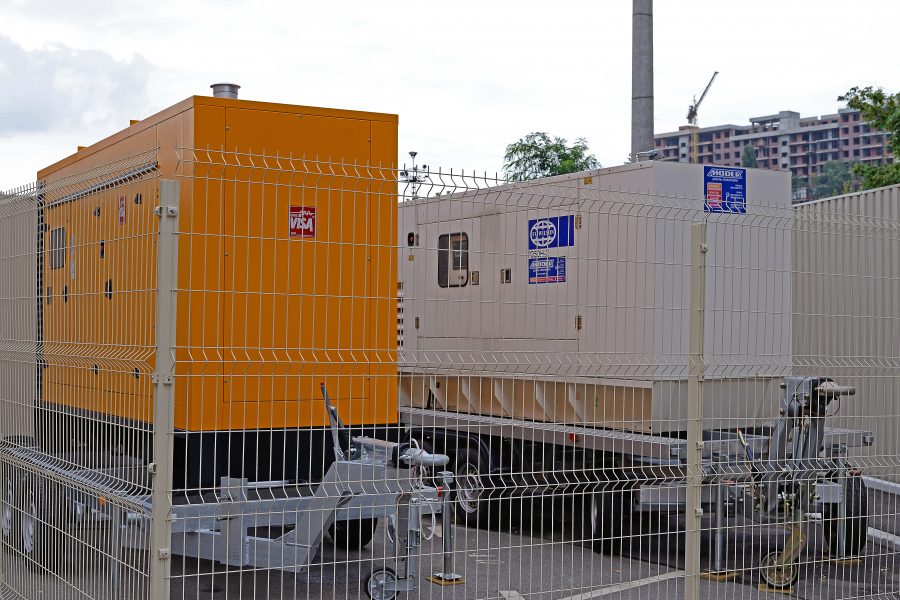The European Commission has confirmed the harmonisation of the 3.4-3.8 GHz band for 5G wireless services across the EU, adopting the necessary implementing decision. This follows the approval in 2017 for the 700 MHz band to be used for mobile services, and a likely decision in Q1 2019 confirming the 26 GHz band for 5G.
All three bands were recommended already in 2016 as 5G pioneer bands in the EU. The EU states are expected to make them available by the end of 2020 to ensure a prompt launch of 5G services, based on the new European Electronic Communications Code approved at the end of 2018 and coming into effect over the next two years.
The latest decision does not require EU states to provide 5G in the 3.4-3.8 GHz band, and several countries already have other services operating in the band. It will be up to each country to decide on the amount and type of licences awarded in the range for mobile services and coordinate usage with other services and neighbouring states.
According to the Commission’s latest 5G Observatory report, several states have already assigned the 3.6 GHz band and the other 5G pioneer frequencies. These are:
- Finland: 700 MHz in November 2016, 3.4-3.8 GHz (390 MHz) September 2018.
- France: 700 MHz in 2015.
- Germany: 700 MHz and 1500 MHz in 2015.
- Ireland: 3.6-3.8 GHz (390 MHz), May 2017.
- Italy: 700 MHz, 3.6-3.8 GHz (200 MHz) and 26 GHz (1000 MHz), September/October 2018.
- Latvia: 3.4-3.7 GHz (250 MHz), November 2017, 3.55-3.6 GHz (remaining 50 MHz), September 2018.
- Spain: 3.4-3.6 GHz (160 MHz), 2016 and 3.6-3.8 GHz (200 MHz), July 2018.
- Sweden: 700 MHz (60 MHz), December 2018.
- UK: 3.4-3.6 GHz (150 MHz), April 2018.
Additional auctions are planned in 2019 in Austria, Belgium, Czech republic, France, Germany, Greece, Hungary, Ireland, the Netherlands, Lithuania and Portugal.









